
Feeling an overwhelming admiration for Natalia Lafourcade seems quite natural, given her impeccable history. In fact, it's nearly impossible to move beyond this starry-eyed perspective until the artist herself discusses how she continues to refine her skills after all these years.
A lot has transformed over the last twenty years for the four-time Grammy winner. Most crucially, she has been actively working on nurturing her spirituality to express herself freely and flexibly. Notably, Natalia Lafourcade may be the only person who believes she can surpass her already impressive self.
While her previous album, ‘De Todas las Flores,’ received widespread praise in 2022, she has redirected her focus toward creating music that allows her to fully embrace the freedoms that success has granted her. Although her sound remains as captivating on her new album as it was in past works, one unique aspect sets ‘Cancionera’ apart: Natalia Lafourcade the individual and Natalia Lafourcade the artist have now completely merged into a single entity, having only partially overlapped before.
A month before the album's release, the lyric soprano discussed its creation and evolution in an interview with CLASH.
—
—
The new album centers on the perspective of your alter ego, La Cancionera, which translates to "The Songbook" in English. For those unfamiliar with this character's role, how does it differ from your usual self and the music you've released up until now?
I will do my best to express myself clearly in English, as it's challenging for me to describe the Cancionera character in that language. What I adored about crafting the music and visual world of Cancionera was the mystic energy surrounding the process, indicating that something beyond my persona was emerging.
Recently, I’ve connected with painting, a hobby I’ve always cherished. However, I frequently told myself, “No, I am not a painter,” “I can’t do that perfectly,” “This isn’t for me.” I spent many years confined by these thoughts, judging my actions and techniques. I failed to recognize the significance of allowing myself and my subconscious to project without excessive contemplation. Hence, I began to embrace activity guided by my soul and intuition rather than merely my thoughts. This change unlocked something within me, revealing aspects of my persona I had kept hidden—traits of my personality I didn’t want to be seen or certain behaviors.
It felt as though Cancionera was inviting me to incorporate these elements into what we were creating. This character seemed to encourage an exploration of honesty and truths that extend beyond the name and persona of Natalia Lafourcade. My family and my audience know me in that way, but there was always something else lurking beneath, and it felt like the right moment to bring everything to light without fear. In a way, it was as if I erased my own face.
I approached music, arrangements, and visual art in a way that allowed me to adopt a character. Consequently, I could integrate performance into the process, not only for music videos but also during recording sessions and from the very start of the creative journey in the studio, alongside the musicians and band.
A parallel universe emerged, allowing everyone in the studio to play, release tension, and not overthink the fact that we were recording the entire album in one take on a tape machine. Meanwhile, with video recording and various other elements involved, our focus was on how to make it all coalesce. It was Cancionera pushing us to let go and just… be.
The yellow flower in the ‘Cancionera’ music video symbolizes this same energy; it embodies the inner light reminding you, “Remember, by the end of the story, you can change the persona you wear as often as you wish.” An alter ego provides the chance to engage in play without worrying about others' perceptions. It’s about participating in the game of life and maintaining loyalty to your freedom, mind, soul, and your unique approach.
—
—
You grew up in Veracruz, which profoundly influenced your musical understanding and greatly shaped the aesthetic of this new album. Many in the West have a simplistic view of Mexico and its diverse cultures; could you elaborate on the subtleties of Veracruz culture and how it’s reflected in ‘Cancionera’?
Veracruz is a remarkable place, especially where I reside. My home is five hours from Mexico City in a town called Coatepec. The locals produce coffee and there’s an abundance of sugarcane. We also have our own traditional music called Son Jarocho, alongside several other genres, thanks to Xalapa's renowned university for classical music. The region contributes jazz and contemporary music among other genres.
Veracruz has also birthed incredible artists. Agustín Lara, one of my favorite composers from Veracruz, served as an inspiration for me while creating ‘Cancionera,’ particularly as I made a tribute to him in a prior album.
After spending years away, I decided to return to Coatepec and
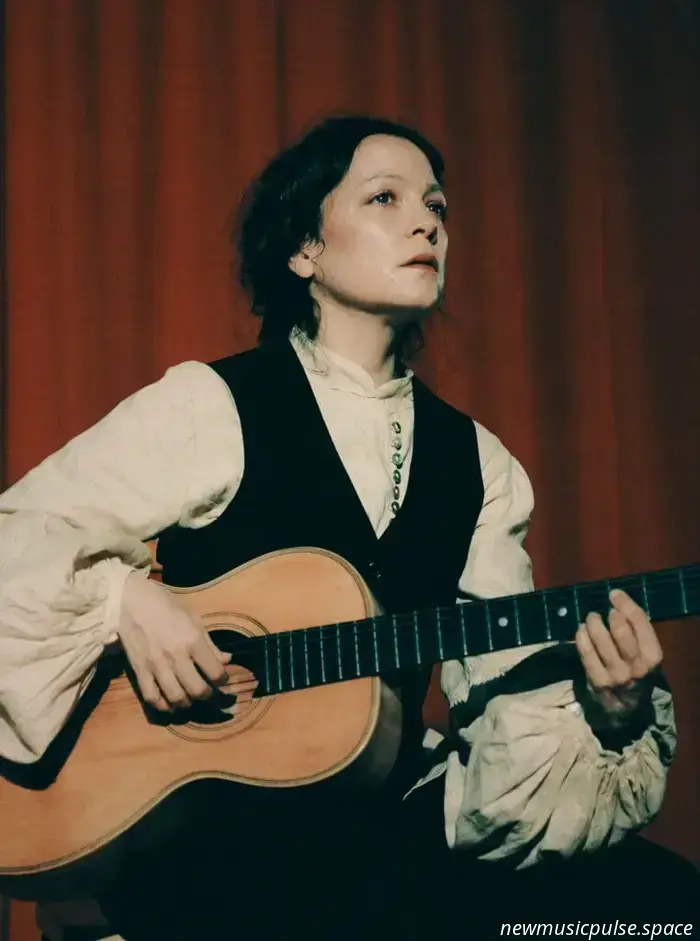

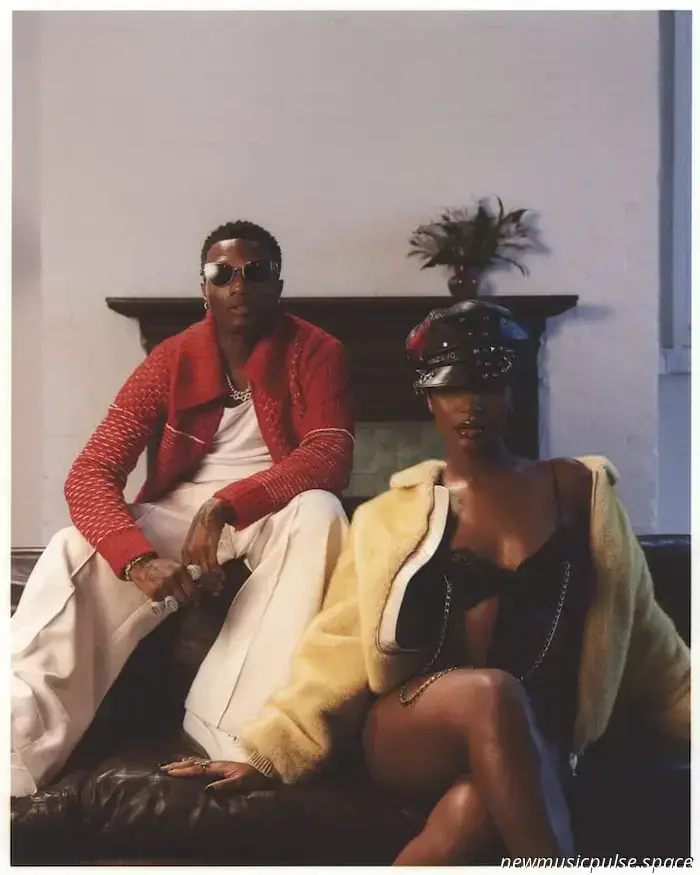
Ayra Starr and Wizkid team up for their new single 'Gimme Dat'. Ayra Starr's impressive ascent continues as fans remain enchanted by her outstanding album 'The Year'.
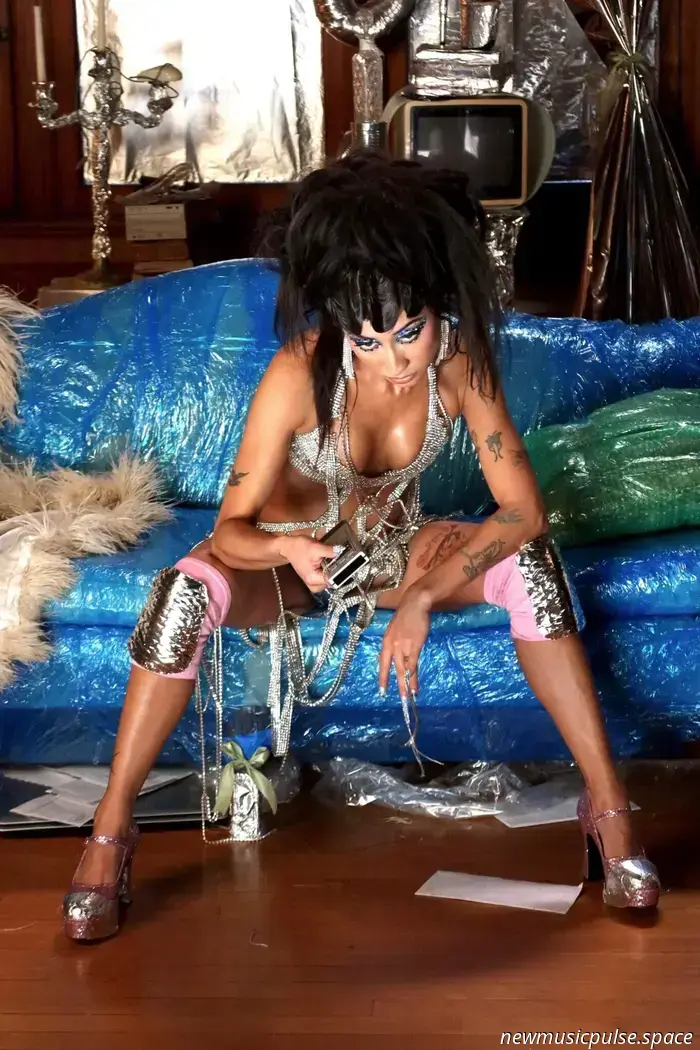
Honduran artist Isabella Lovestory maintains her momentum with the release of her latest single 'Telenovela', which is available today. This follows her earlier release 'Putita Boutique’.

Selected by Mitch Mosk, this week's Editor's Picks showcases music from Bon Iver, Japanese Breakfast, Samia, Michael Marcagi, spill tab, and Djo!
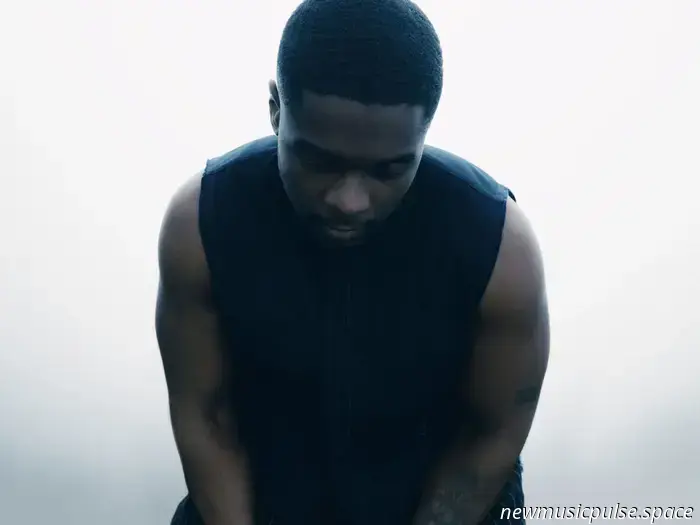
Nazar, the Angolan electronic artist based in Amsterdam, who remained somewhat under the radar with the brooding, dub-inspired sound clashes of his pandemic-era album ‘Guerrilla’, is
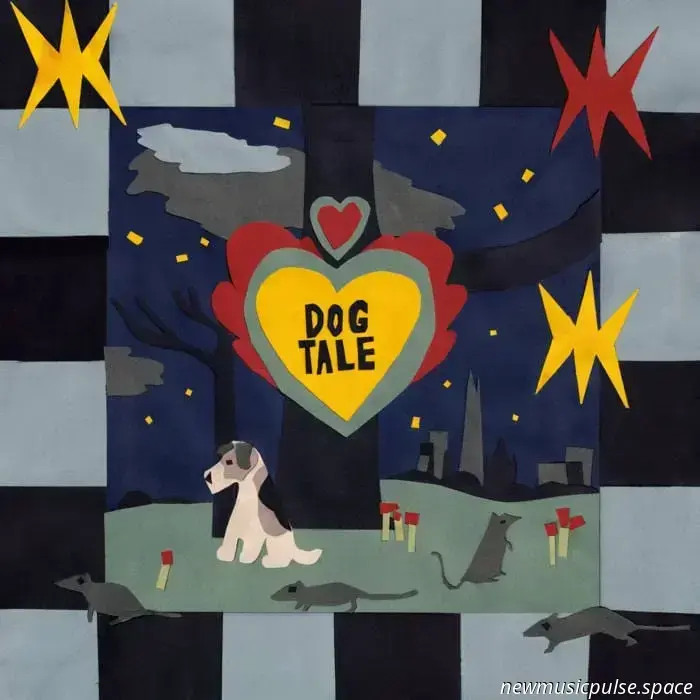
Certain albums require many years to complete. The Stone Roses are well-known for taking their time with ‘The Second Coming’, while Guns N’ Roses kept their fans waiting for more than a

Renowned for his authentic songwriting and heartfelt melodies, Nottingham-based artist Jerub has enjoyed significant successes in his career to date, including performances at the
It's only natural to be completely amazed by Natalia Lafourcade, considering her impeccable record. In truth, going beyond this idealized view of her...